Blog
Explore the Power of Lithium Innovation
Stay updated with the latest trends, technologies, and application insights in the world of lithium battery solutions
Search the whole station
Explore the Power of Lithium Innovation
Stay updated with the latest trends, technologies, and application insights in the world of lithium battery solutions
In recent years, China has witnessed explosive growth in the new energy vehicle (NEV) sector. By the first half of 2023, the country had already surpassed Japan to become the world’s largest automobile exporter. At the heart of this success lies China’s dominance in the electric vehicle market, and more specifically, its mastery of the core component: the lithium battery.
To understand why the global battery industry remains deeply tied to China, it’s important to look at the factors behind its leadership.
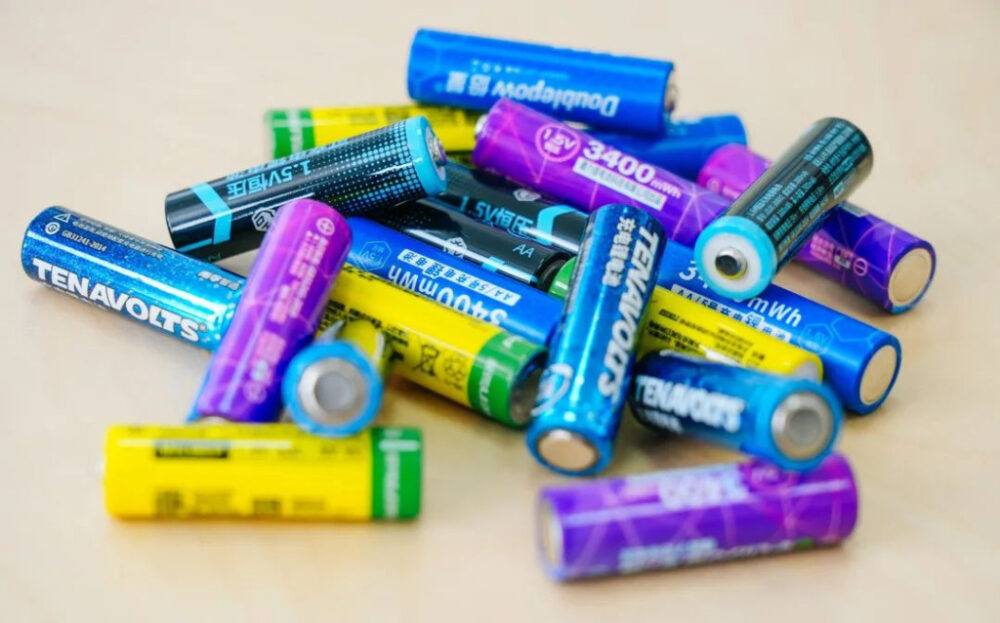
The remarkable rise of China’s NEV sector is largely due to its leadership in power battery production. These batteries are often called the “heart” of electric vehicles, as they directly affect range, safety, and performance. Issues like battery degradation, rapid power loss, and safety risks all trace back to the power battery.
More importantly, power batteries also determine vehicle pricing—accounting for 40% to 60% of a car’s total cost. This explains why, in many EV showrooms across China, customers are shown not only the car’s driving range but also the battery manufacturer’s name—a detail that never mattered in traditional combustion engine cars.
While automakers in Europe, the U.S., and Japan began researching power batteries decades ago, progress was slow. China entered the field later but quickly built momentum. In fact, the country’s first lithium battery laboratory was established in the late 1970s.
When Sony commercialized lithium-ion batteries in 1991, Chinese academician Chen Liquan—after visiting Sony’s facility in Tokyo—brought the knowledge back to China and helped industrialize the technology. Chen later became the mentor of Zeng Yuqun, founder of CATL, now the world’s largest battery maker. His role, along with contributions from companies like BYD, Lishen, and Wanxiang Group, laid the foundation for China’s rise in lithium battery technology.
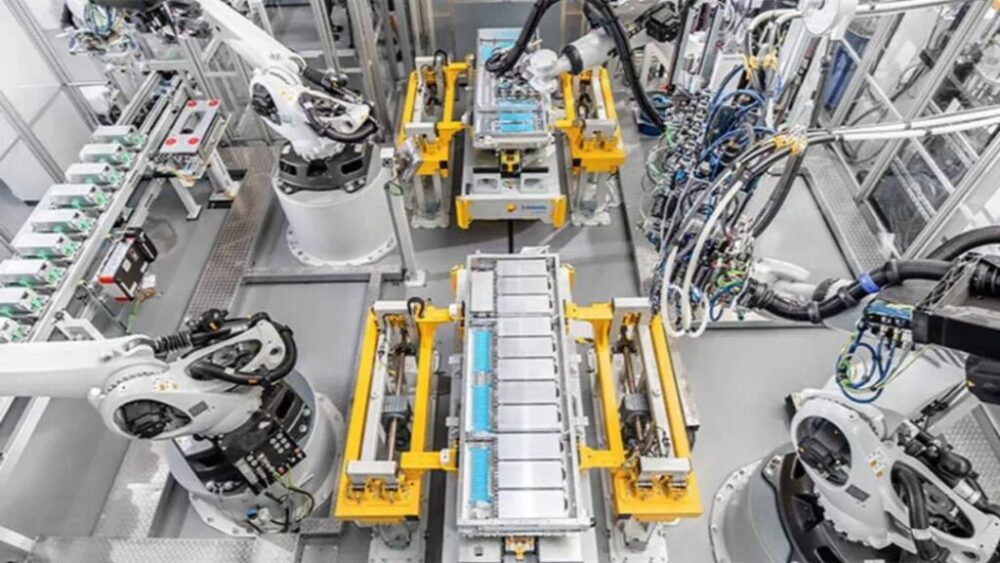
Producing power batteries is extremely complex. Each battery cell requires micro- and nano-level precision, and thousands of cells are needed for a single EV. As the saying goes, the performance of the entire battery pack depends on its weakest cell—the “bucket effect.”
China has built a comprehensive and competitive industry chain to overcome this challenge. Today, the country accounts for more than 70% of global shipments of key materials, including cathodes, anodes, separators, and electrolytes. By integrating companies across the entire supply chain—from raw materials to structural components—China has steadily reduced costs, improved efficiency, and created globally recognized enterprises.
China’s leadership in power batteries didn’t happen overnight. It was the result of strong policy direction and a clear industry vision: new energy vehicles must match, or even outperform, traditional combustion vehicles if they are to succeed.
Lithium batteries were first developed for consumer electronics, and this early experience provided a stepping stone to power batteries. Over just a few decades, the industry made a leap from seeding to rapid growth, supported by government incentives and relentless R&D.
Through countless trials, optimizations, and standardizations, Chinese enterprises overcame barriers and narrowed the gap with foreign rivals. This determination not only solved early pain points but also allowed China to rise to the forefront of the global power battery industry.
Today, China’s lithium battery sector stands as a global benchmark. Backed by strong policies, a complete supply chain, and a generation of experts who grew out of both academia and industry, Chinese companies have transformed from fast followers into industry leaders.
What once started as a late entry into lithium battery research has now evolved into a position of global dominance, reshaping the automotive industry and cementing China’s role at the center of the clean energy transition.
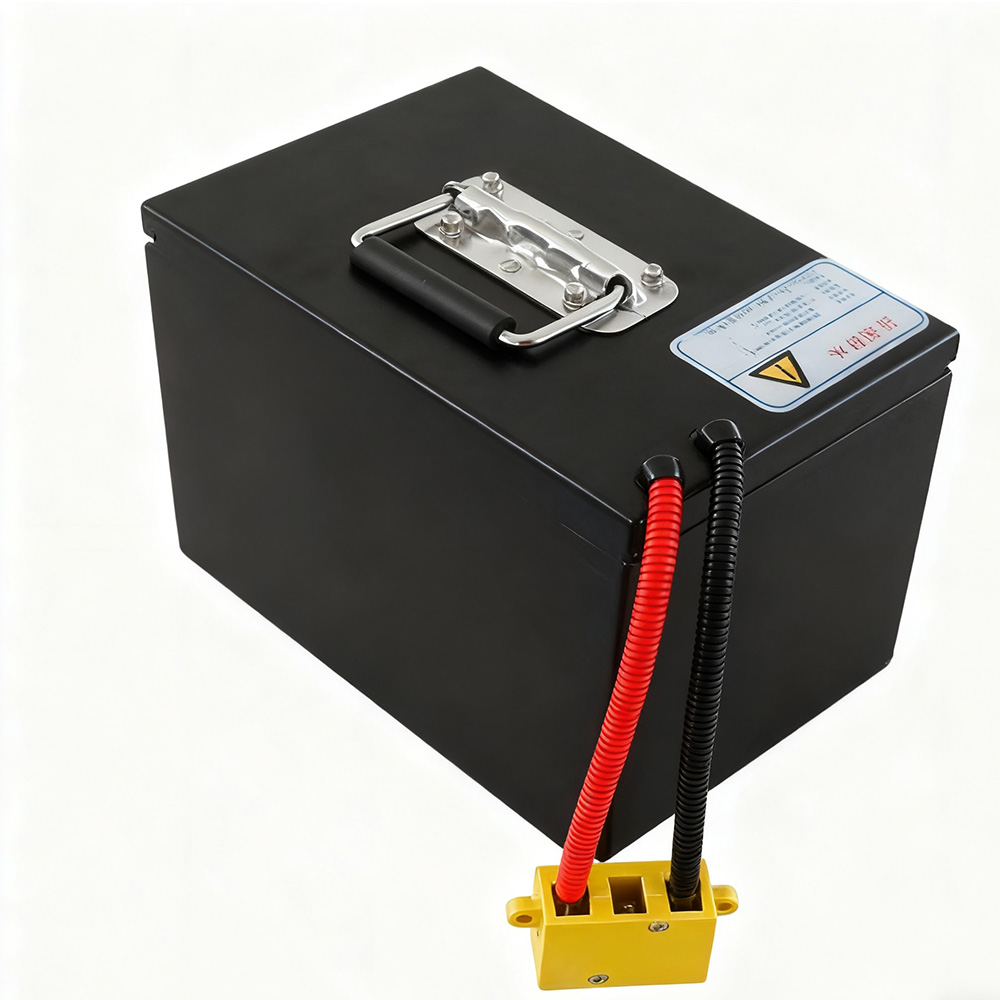
48V LiFePO4 Battery with 46.5Ah–100Ah options. Up to 2000 cycles, wide temperature range (-20°C~60°C), IoT GPS smart features, and 3-year warranty. Perfect for e-bikes, electric vehicles, and home energy storage.
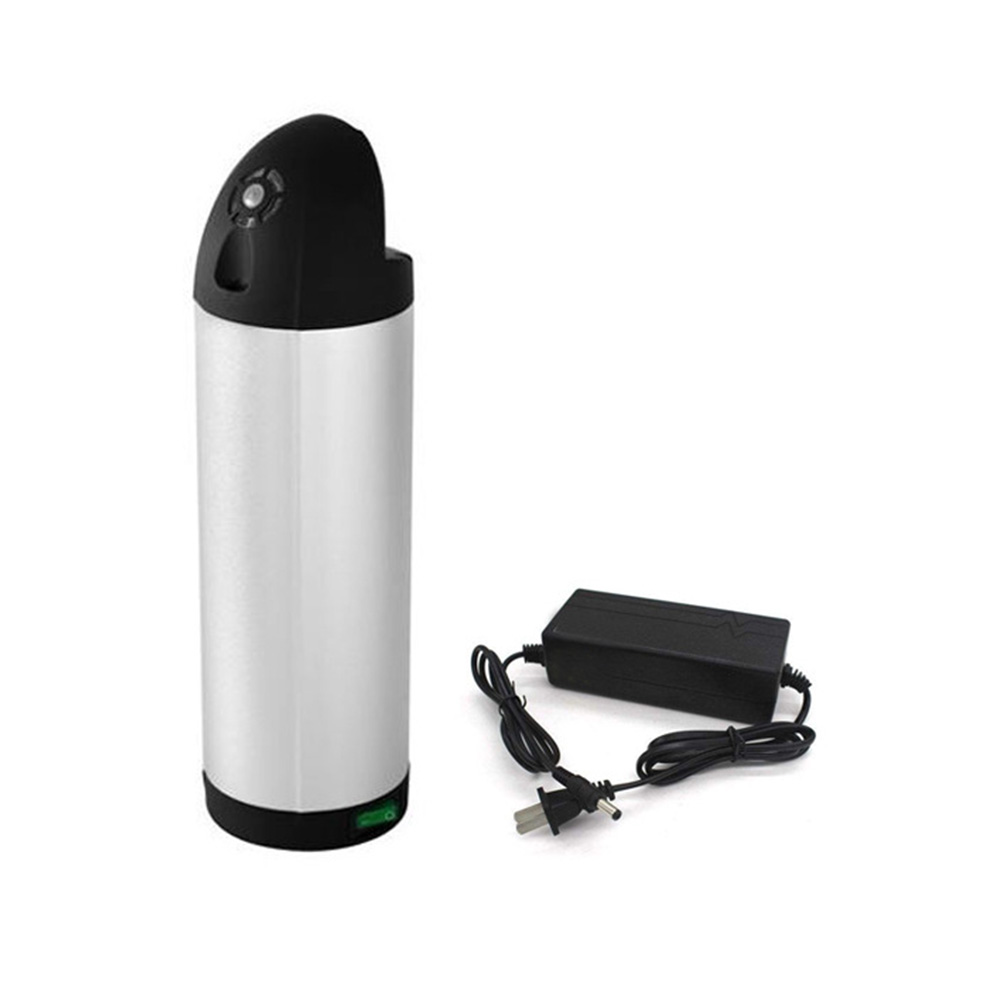
High-performance 36V 10Ah water bottle lithium battery for electric bikes. Lightweight 3.5kg, fast charging in 1.5–2 hours, safe & durable with up to 500 cycles. Ideal for commuting and long rides.
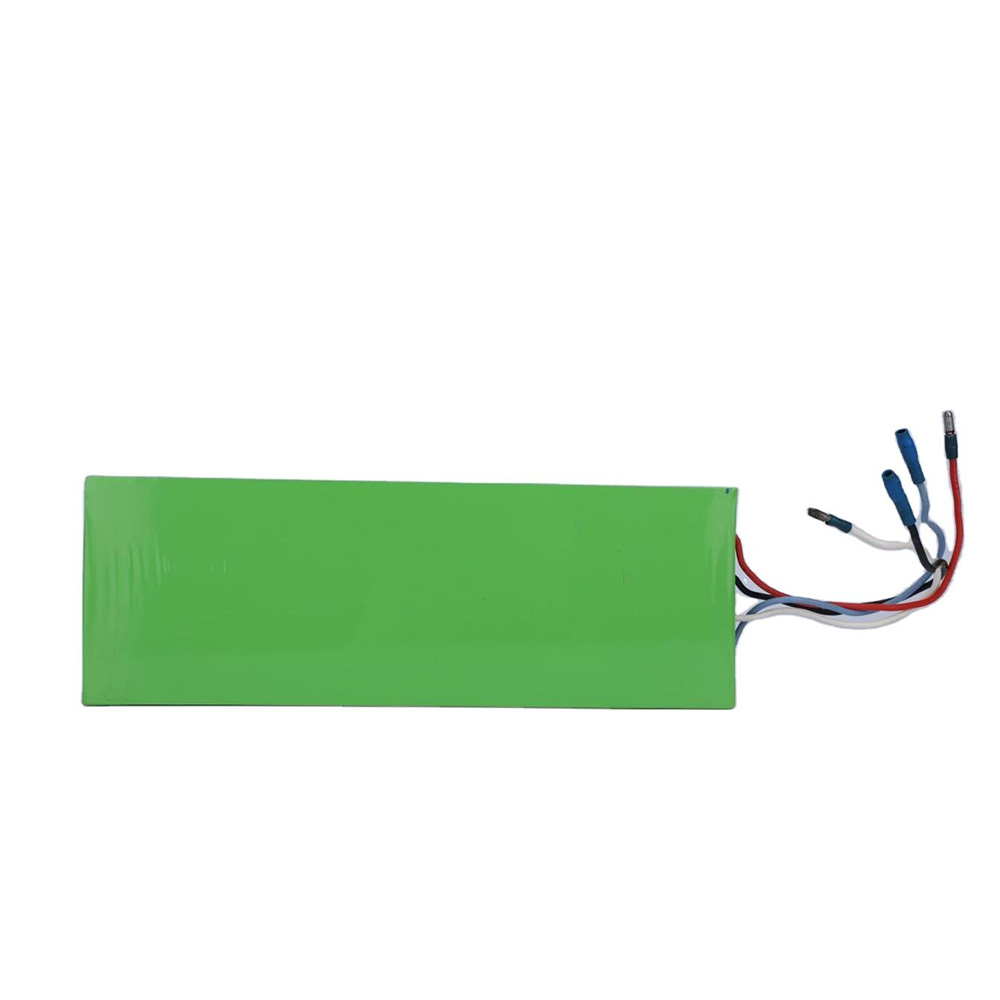
high-performance 18650 Battery 4000mAh, offering stable 24V power and deep cycle support. Perfect for electric scooters, power tools, and energy storage systems. Built-in safety protections ensure long-lasting, reliable performance.
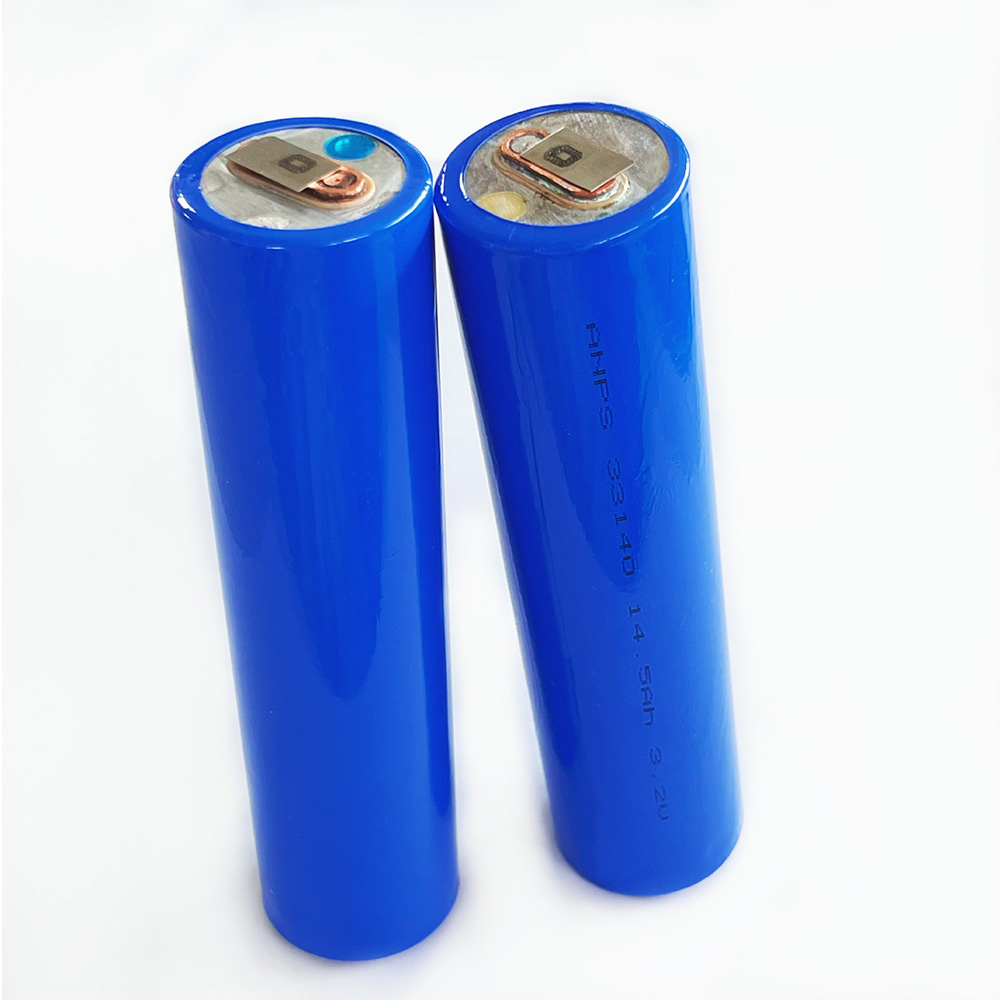
Apsenx 33140 LiFePO4 battery cell (14500mAh, 3.2V). High capacity, long cycle life, safe chemistry. Ideal for ESS, EV, UPS, and solar storage.
Discover how the 12V 100Ah LiFePO4 battery provides high energy density, long life, fast charging, and portability for camping, outdoor activities, and emergency power supply.
View detailsFrom compact electronics to high-drain drones, 7.4V 18650 packs balance power, runtime, and size. Here’s my hands-on guide for choosing the perfect pack.
View detailslatest innovations in electric bicycle batteries, from lithium-sulfur and solid-state chemistry to smart BMS and modular designs, reshaping the future of e-bikes.
View detailsExplore the features, performance, and applications of 18650 cylindrical cells, a cost-effective and versatile lithium-ion battery widely used in electronics, power tools, and small energy storage systems.
View details
HelloPlease log in